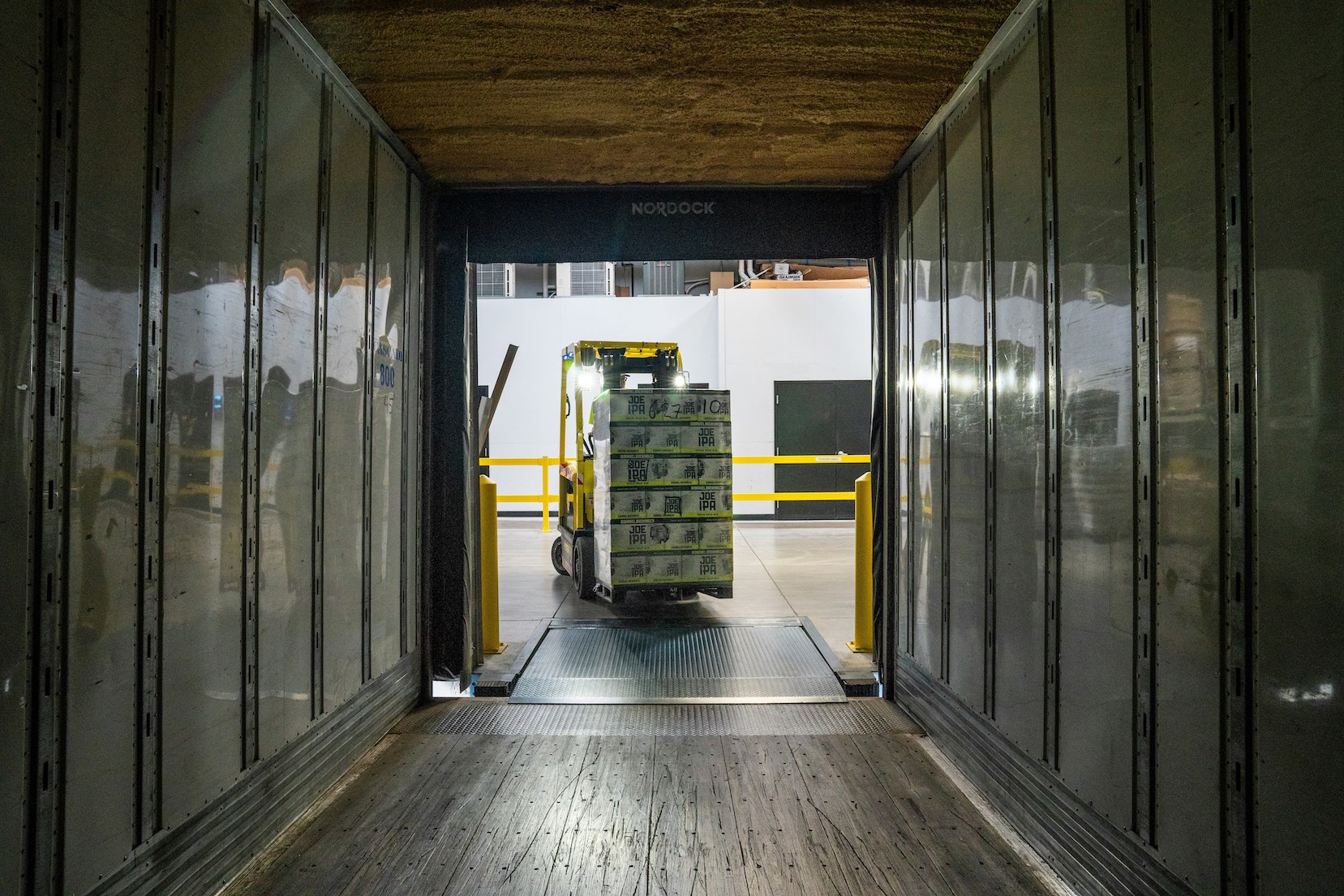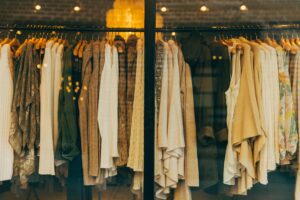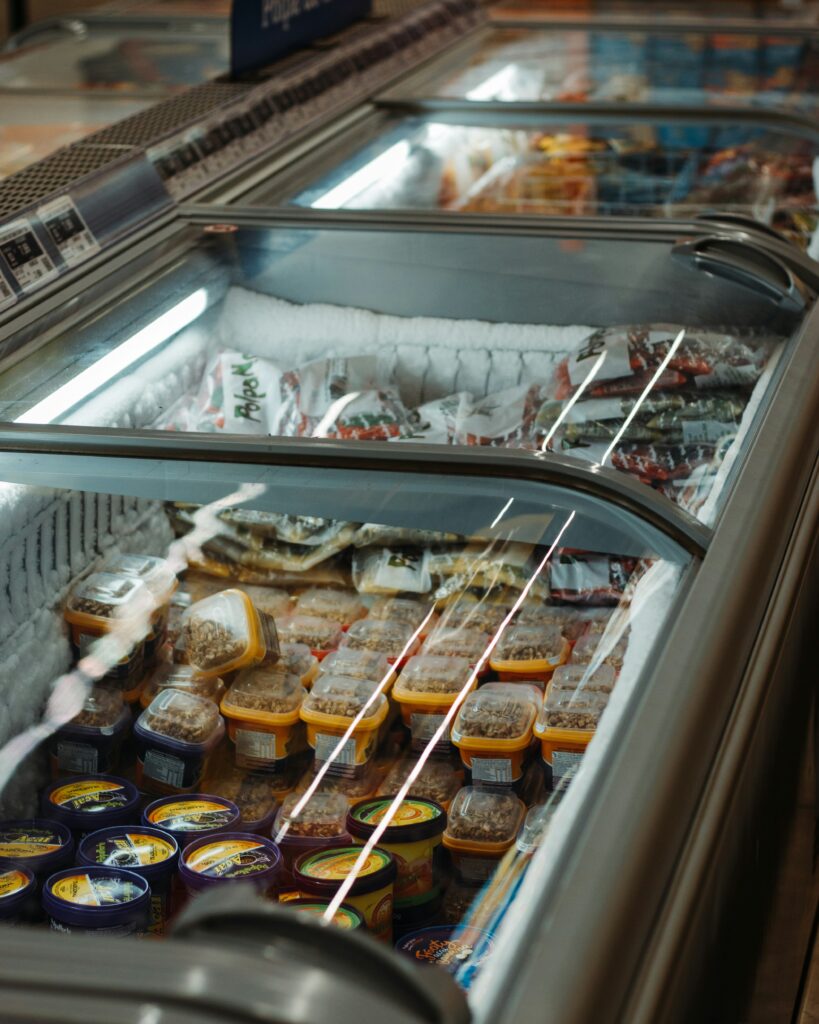Understanding new CBP cargo description rules
Topics

The importance of an accurate goods description can’t be underestimated in customs classification, and a recent announcement from the US Customs and Border Protection (CBP) only highlights this further. From the 12th November 2024, they are implementing stricter rules for air cargo descriptions under their Air Cargo Advanced Screening (ACAS) programme. This means more precise and detailed cargo descriptions to enhance border security and prevent delays or penalties.
Here, we look at what changes have been introduced and six steps to producing an accurate and detailed goods description which will ensure your goods reach their destination on time, adhering to new regulations.
What changes are happening with CBP?
 The new rules emphasis the importance of accurate, complete, and specific descriptions for goods entering or transiting through the US. Vague or generic terms like “clothing” or “electronics” are no longer acceptable. Descriptions must now convey enough detail to identify the type and nature of the goods. For instance, instead of “apparel,” this will need to be more specific with a description such as “women’s cotton t-shirts.”
The new rules emphasis the importance of accurate, complete, and specific descriptions for goods entering or transiting through the US. Vague or generic terms like “clothing” or “electronics” are no longer acceptable. Descriptions must now convey enough detail to identify the type and nature of the goods. For instance, instead of “apparel,” this will need to be more specific with a description such as “women’s cotton t-shirts.”
Why do these changes matter?
Simply put, it will lead to disruption within your supply chain. CBP inspectors rely on the detail in goods descriptions for risk assessments and timely cargo clearance. Without the right level of detail, businesses will fail to comply and this could result in shipment rejections, delays, or even fines.
For businesses shipping internationally, the ripple effects of these changes are significant. Beyond ensuring compliance, clear and precise cargo descriptions can reduce transit times, avoid unnecessary inspections, and improve overall efficiency in customs processing.
The risk of non-compliance fines means taking proactive measures to improve goods descriptions can save costs and protect reputations in the long run.
How to provide an acceptable goods description to ensure compliance
In a previous blog we outlined the six crucial steps to producing a detailed goods description – this is well worth a read and goes into detail on should be considered and included in every goods description you produce.
What’s crucial is the need for specificity and precision.
Here’s the six steps:
Be specific, yet concise – include essential details such as materials but avoid unnecessary jargon
Use standardised terminology – using terms that customs authorities worldwide will recognise is important
Provide visual aids – sometimes words are not enough. Our TariffTel solution enables product images to be stored against products
Include technical specifications – where there’s unique features, include tech specs
Include regulatory requirements – if goods are subject to regulation requirements or restrictions, state them clearly
Update regularly – review and update your goods descriptions to reflect modifications or product enhancements
How TariffTel can help
A customs classification solution like TariffTel can help streamline the process of classification and support your team in accessing crucial data that helps you create accurate goods descriptions meaning the correct tariff code is assigned. TariffTel’s combination of customs data and our unrivalled team expertise create a precision solution for every business prioritising trade and growth.
If you want to find out more about TariffTel, please contact our team for a demo.
Other Useful Resources
How does preparation and packaging impact food and drink tariff codes?
Tariff classification for food and drink products is rarely simple. Exporters dealing with composite goods, processed in...
Why should classification be considered a strategic business decision?
Customs classification is a business-critical decision that not only shapes duty costs, directly impacting profit margin...
TariffTel wins at the FDEA Export Awards 2025
We're thrilled to share that TariffTel has been named Export Service Provider of the Year at the FDEA Export Awards 2025...



